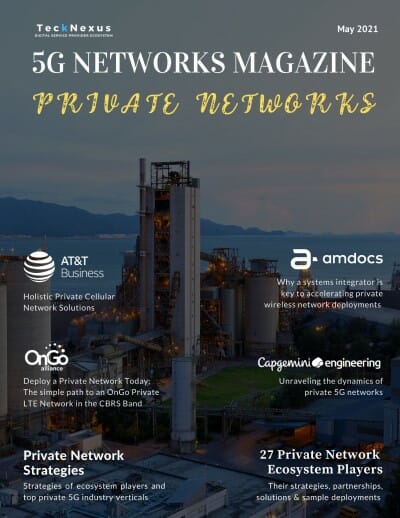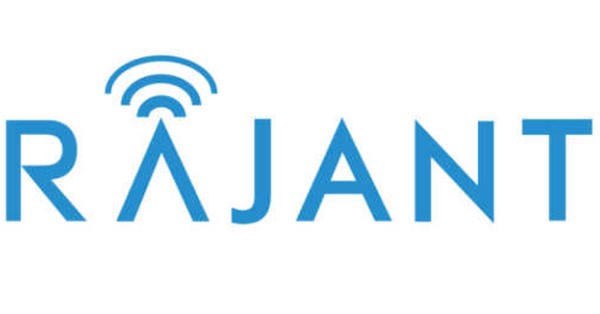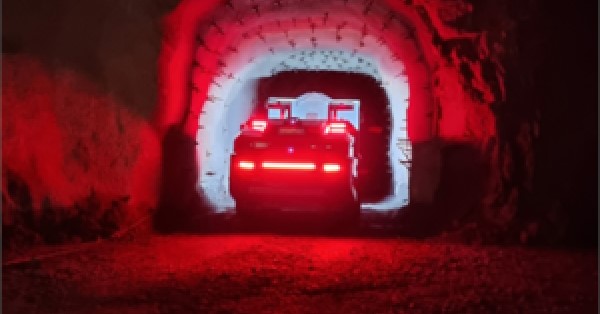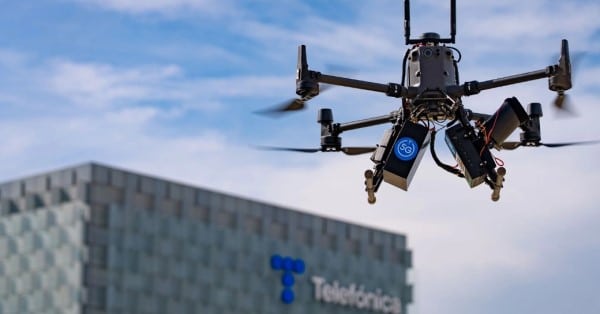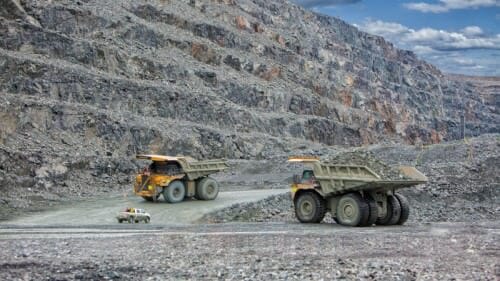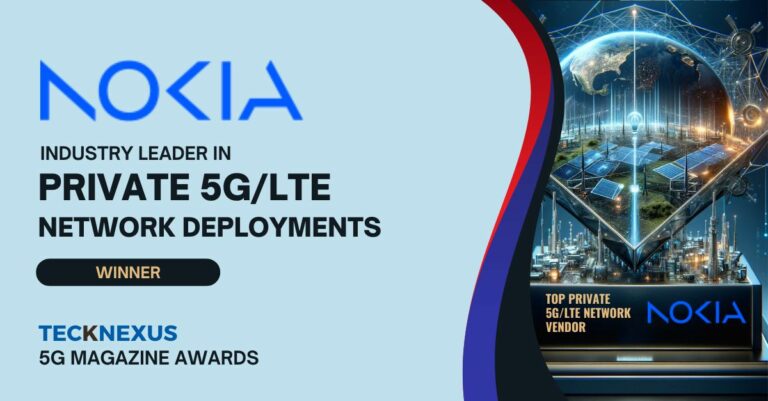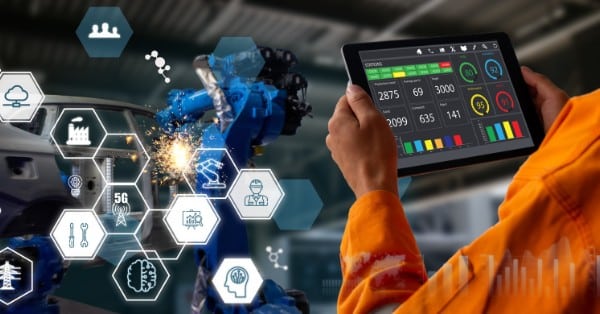Usecase
- April 22, 2024
RADTONICS and Boliden are leveraging private 5G networks to enhance their operations, focusing on the specific use cases in mining and forestry. Boliden’s application of 5G in its Garpenberg mine supports autonomous transport, enhancing safety and operational efficiency, while forestry operations benefit from improved digitalization and process monitoring, setting new industry standards for technological adoption and sustainability.
Usecase
- April 22, 2024
RADTONICS and Boliden are leveraging private 5G networks to enhance their operations, focusing on the specific use cases in mining and forestry. Boliden’s application of 5G in its Garpenberg mine supports autonomous transport, enhancing safety and operational efficiency, while forestry operations benefit from improved digitalization and process monitoring, setting new industry standards for technological adoption and sustainability.







